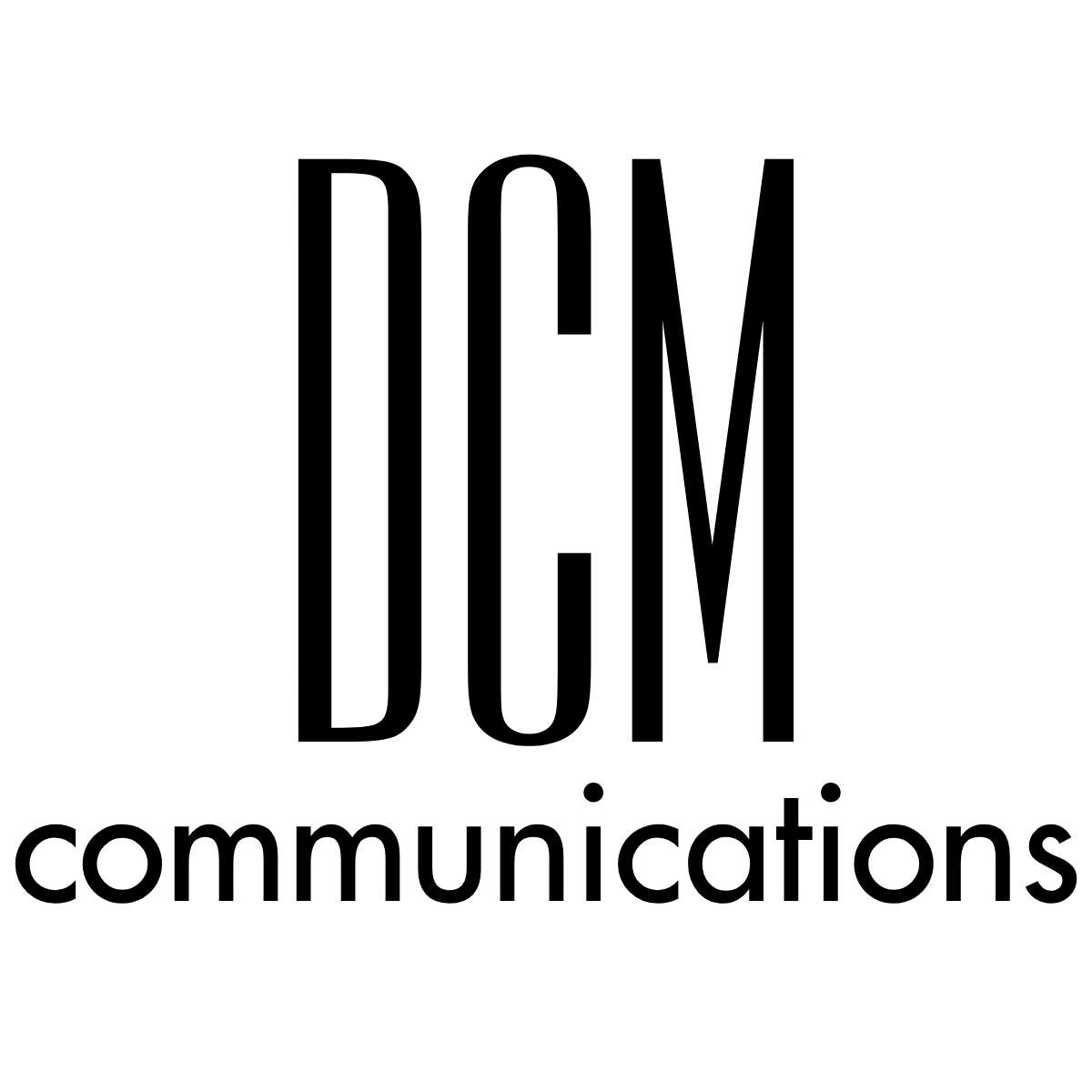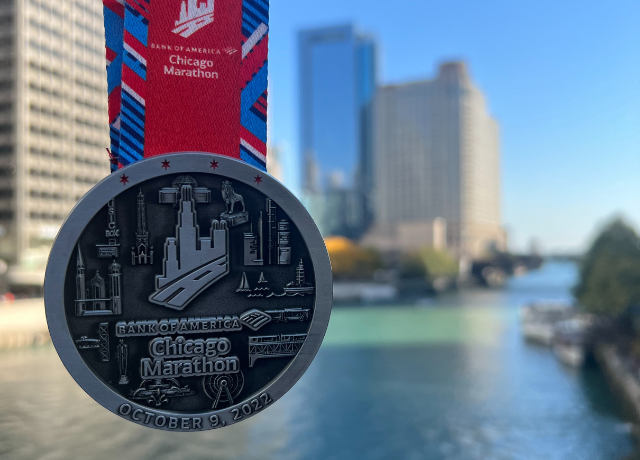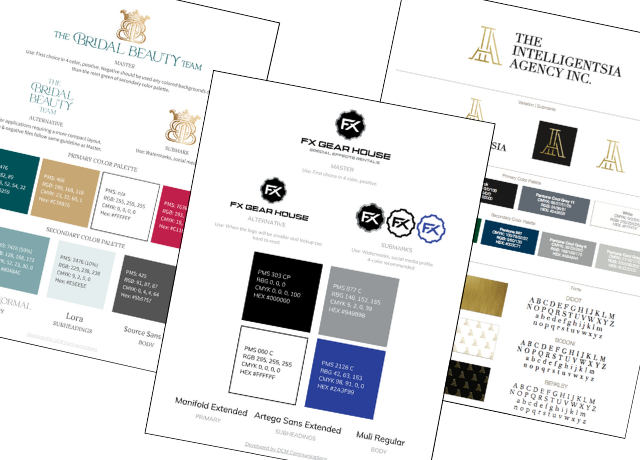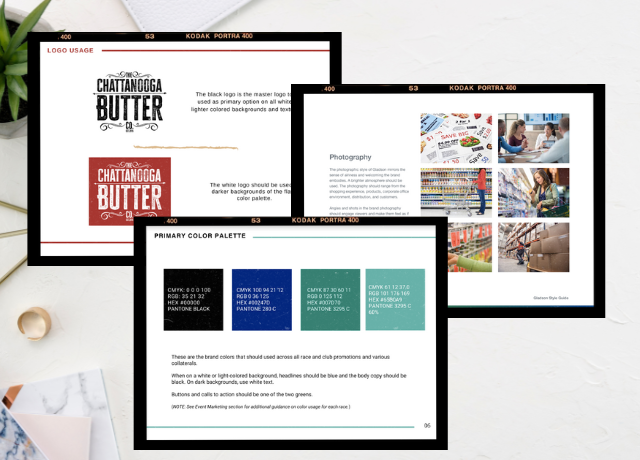Event Sponsorship Lessons from the Boston Marathon Medal Controversy
Bank of America sent social media, and the running community in particular, aflutter last month with the reveal of the Boston Marathon finisher medals. While previous title sponsor John Hancock Financial put its logo on the ribbon from which the medal hangs, BoA took a different path by adding its logo to the front of the medal itself.
After revealing this to the public pre-race, marathoners took to social media to vent their dismay at the way the historic race’s medal had changed for 2024.
Let me break down why this became such an issue AND what you can learn about effective event sponsorships from this PR mishap.
Did Bank of America go too far in how they branded the Boston Marathon medal?
In this marketer, and 9x marathoner’s, perspective – yes. The race is not about the sponsor, but the athletes.
Whoever designed the medal this year shifted the focus from it being a symbol of an amazing, and hard fought, accomplishment for a runner, to a mini billboard for BoA on each runner.
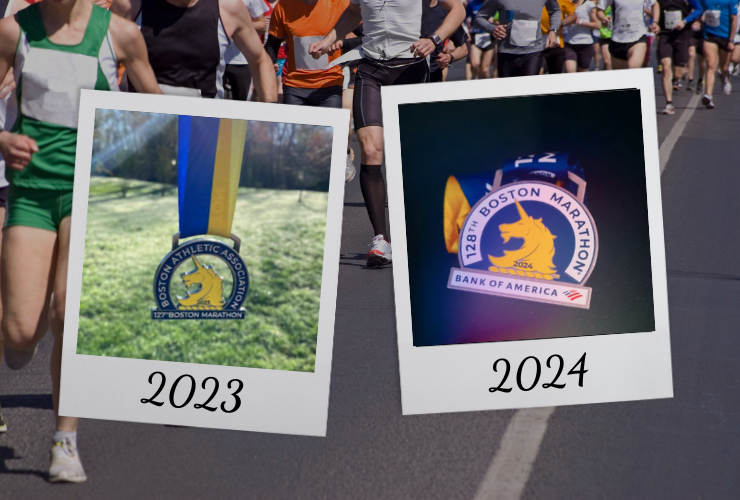
Remembering the Goal of the Sponsorship
It is 100% expected by runners that the logo of the race’s title sponsor would be on the medal (or ribbon and medal). As a marketer I would absolutely tell a client to ensure their logo gets included.
However, the WAY in which you do that has to take into account the overall event history, the attendees (and athletes) and make sure the point of your sponsorship isn’t lost by having your logo present.
In the case with Boston, the positive impact the sponsorship should have created with athletes and spectators alike got completely undercut by the way it was executed.
So how can event sponsors effectively incorporate their branding into sporting events without overshadowing the purpose of the sponsorship?
Here are 5 tips for brands sponsoring sporting events
1. Keep the Focus on the Athletes
A brand sponsors any event for one of two reasons:
1. It believes in the cause, or
2. It wants to reach that event’s target audience
Since a brand has chosen to sponsor a sporting event, one can assume it wants to reach the athletes (or spectators) of that sport. Those individual people need to be at the forefront of how the brand does an event activation.
It has to resonate with them, not be about “look at me” tactics for YOU (the brand.)

2. Stick with Tasteful Integration
Take, for example, the Chicago Marathon, also sponsored by Bank of America. Each year, the BoA name appears on the medal, but as a tertiary element to the race name and overall medal design.
The logo is on the medal, but in a tasteful way that respects the event and its participants.
3. Consider All Visible Real Estate
Don’t discount the ribbon the medal hangs on. That is valuable real estate for a repetitive logo without being distracting.
This is valuable real estate for branding without being distracting. A repetitive logo on the ribbon ensures brand exposure without detracting from the athlete’s achievement.
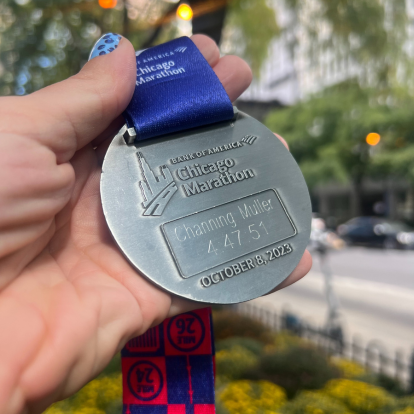
4. Utilize the Back of the Medal
Another way you can activate at an event like this is by putting your name on the BACK of the medal. This is a particularly good idea for half marathons, full marathons and ultras. The bigger the event overall, the more impactful the back will become because this is also where people are commonly getting their finish time etched into the medal.
The athlete that gets their finish time etched on the back will hold onto it (or display it) for a while thereby creating an even more positive association with your brand everytime they look at it.
Plus, they are more likely to share that on social media so the public exposure element of branding the medal is still applicable.
This would have been so well suited for Boston too since people have to qualify in another marathon before they can even get a non-charity spot to run it. They are going to be even more proud to both wear, showcase, and share that medal on social media.
More focus on athletes → more desire for them to wear it & share it = larger brand impact!
5. Create Shareable Moments
Encourage photo opportunities and interactive branding elements at the event. From on-course branding to branding the ground where professional photographers will be stationed, create opportunities for athletes and spectators to engage with the brand in a meaningful way.
FINAL Takeaways
In the realm of sports sponsorship, it’s crucial for brands to strike a balance between visibility and respect for the event and its participants.
While branding is essential, it should enhance, not overshadow, the athlete’s experience.
By prioritizing the athletes and implementing tasteful integration strategies, event sponsors can maximize their impact while honoring the spirit of the sport.

